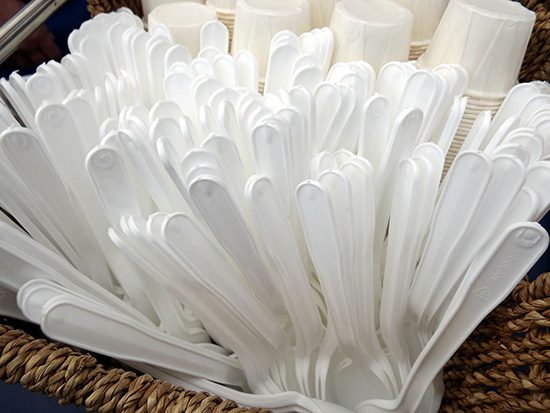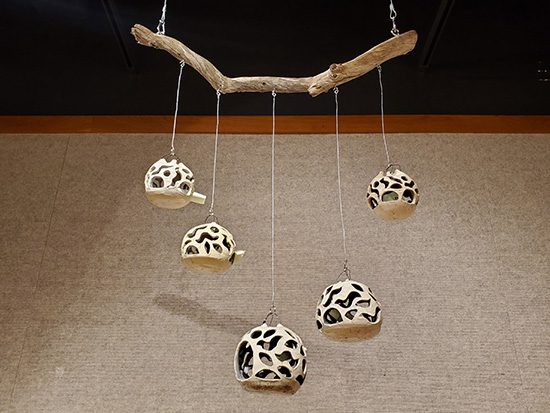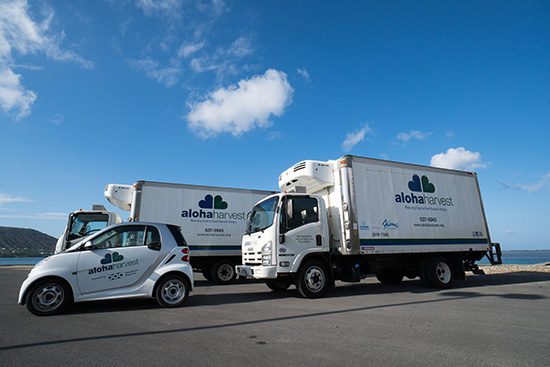

byfusion byblock. – Mark Ayap
by Mark Ayap
Special to Ka ‘Ohana
The Hawai‘i Wildlife Fund has removed 290 tons of plastic debris from the Big Island’s Kamilo Beach and surrounding coastlines since 2003. Kamilo Beach is only accessible by 4-wheel drive, which adds to the degree of difficulty of debris removal.
The majority of the debris originates from the Great Pacific Garbage Patch and ranges from large fishing nets to microplastics. According to Jennifer Lynch, co-director of Hawai‘i Pacific University’s Center for Marine Debris Research, microplastics are “any plastic particle whose dimensions are equal to or smaller than 5mm” and can either be man-made or fragmented from larger plastic debris.
Lynch said these microplastics are eaten by a wide range of marine organisms, which “could lead to increased death rates,” as the microplastics do not provide any nutrition and expose marine life to many chemicals.
Many people in Hawai‘i depend on the ocean to provide food for their families, and the state depends on beaches to boost Hawai‘i’s economy through tourism. In order to preserve the health of Hawai‘i’s waters and coastlines, Dr. Lynch said that the solutions must be multi-pronged such as reduction in use, recycling innovations and bans on certain plastic products.
With Hawai‘i already having strict plastic usage laws in place, Megan Lamson, president of the Hawai‘i Wildlife Fund, recommends the byfusion byblock as a potential solution to Hawai‘i’s plastic problem.
According to Lamson, the zero-waste process consists of first shredding the plastics and then using steam and compression to form the 10kg blocks that resemble large LEGO blocks. The process does not include melting the plastics, which would in turn release toxic chemicals.
Lamson describes the byblock as an alternative to concrete and cement blocks, which are big culprits of carbon emissions. The byblocks can be used for the construction of walls, benches, homes and park structures.
Each byfusion byblock facility has the capability of recycling 30 tons of plastic a month, reducing the amount of plastic in our landfills, on our shores and in our waters. Byblocks can also reduce building costs.
There is no single solution to solving Hawai‘i’s plastics problem, but the byblock system is available today, and as Lamson states “it is an innovative step in the right direction.”





